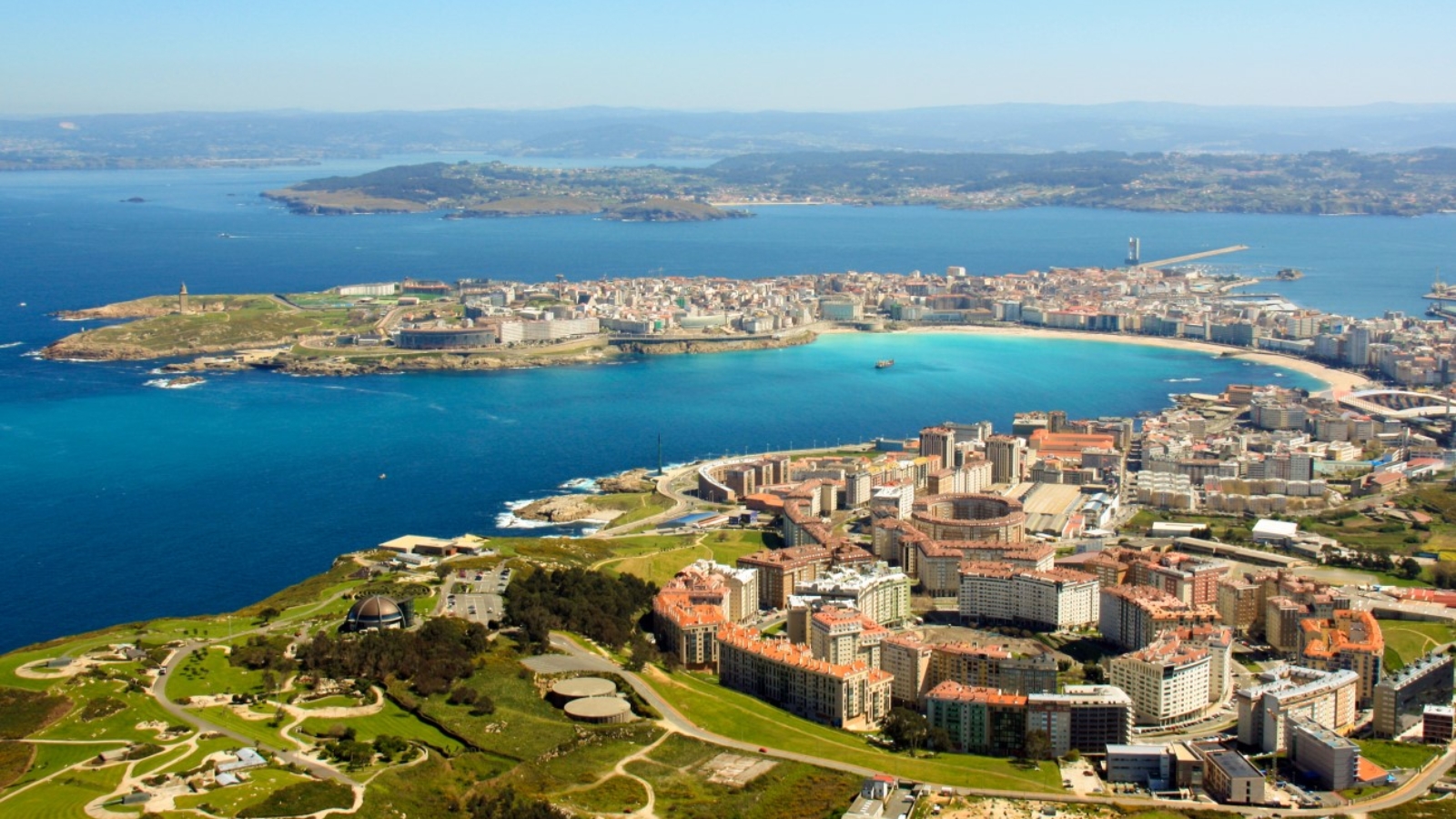Spain has many other wonderful cities to discover!

The British are the foreigners who visit our Spain the most, and they normally concentrate in the coastal areas of the east and south of the peninsula, as well as on the islands.
But now many brits have discovered other places where it is not common to see citizens of the United Kingdom enjoying their holidays. The Telegraph newspaper has published an article highlighting the benefits of the Principality of Asturias.
In its headline, the London newspaper jokes that it is the Spanish region that “has everything except British tourists.” “There are beaches, mountains, fascinating cities and it is less hot in summer than in the south and east of the country,” he says.
About the Principality of Asturias, the newspaper, founded in 1855, says that it is “almost as if it had been designed by an ingenious algorithm to keep everyone happy.”
“You don’t have to choose between beach or mountains, or between a city break or an active holiday: this small region in northern Spain has it all,” says the newspaper.
For the Telegraph, “it is not surprising that many Spaniards have a second residence there”, and says that “the only enigma is why so few Britons choose it for their holidays.”
“Traveling through the region, you come across pre-Romanesque churches, but also surprising contemporary architecture; you can walk through spectacular scenery in the hills in the morning and cool off on an idyllic beach in the afternoon,” the text continues.
Although they warn that “it rains more than in the south of the country,” they emphasize that “if you have only experienced the Spain of vacation packages in large resorts, you will feel as if you were in another country.”
The text highlights the three large cities, Oviedo, Gijón and Avilés, which “have very different personalities” but states that “each one has its own charm.” In addition, he recommends visiting other sites such as the Tito Bustillo caves, near Ribadesella; Buxu in Cangas de Onís and La Lluera in San Juan de Priorio.
“Covadonga, in the Picos de Europa, is recognized as the cradle of Christian Spain, since it was here at the beginning of the 8th century where King Pelayo triumphed over the Moors, beginning the reconquest that would take another seven centuries to complete” says the Telegraph.
According to the London newspaper, “Asturias is one of the best gastronomic regions in Spain.”
La Coruña: Where Spain’s North Meets the Atlantic

Imagine a breath of fresh air in the northernmost reaches of Spain, where a provincial capital perches on a stunning headland, embraced by vast, sweeping beaches that welcome the mighty Atlantic’s rolling waves (calling all surfers!). This is La Coruña, a city with the spirited charm of a place that thrives on industry rather than tourism, exuding the invigorating brininess of a hardworking harbor town.
For a taste of La Coruña’s legendary passion for football, don’t miss catching a home game at the Riazor stadium when Deportivo La Coruña (lovingly known as “El Depor”) takes to the field. And did you know that Picasso spent part of his childhood here? There’s a captivating trail to follow, from his family home on Calle Payo Gómez to the very shop where a young Pablo held his very first exhibition.
On a Saturday morning, seize the opportunity to explore the vibrant bric-a-brac markets and street fashion havens in the Orzán district, with a vibe reminiscent of Brighton. Afterwards, saunter over to the taverns on Calle Estrella for a hearty plate of pulpo á feira (octopus and potato) accompanied by generous glasses of albariño wine.
La Coruña effortlessly dispels the notion that the north is always grim; in fact, its warm, rough-hewn hospitality might just transport you to a place much further south, where life is lived with gusto and the sea is ever at your side.


Add a Comment
You must be logged in to post a comment